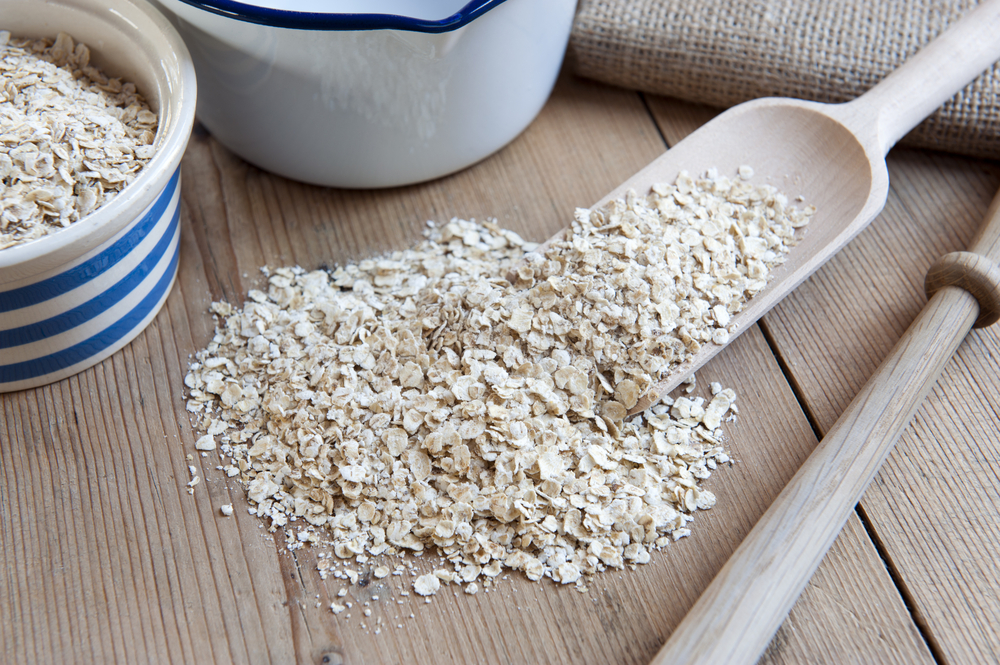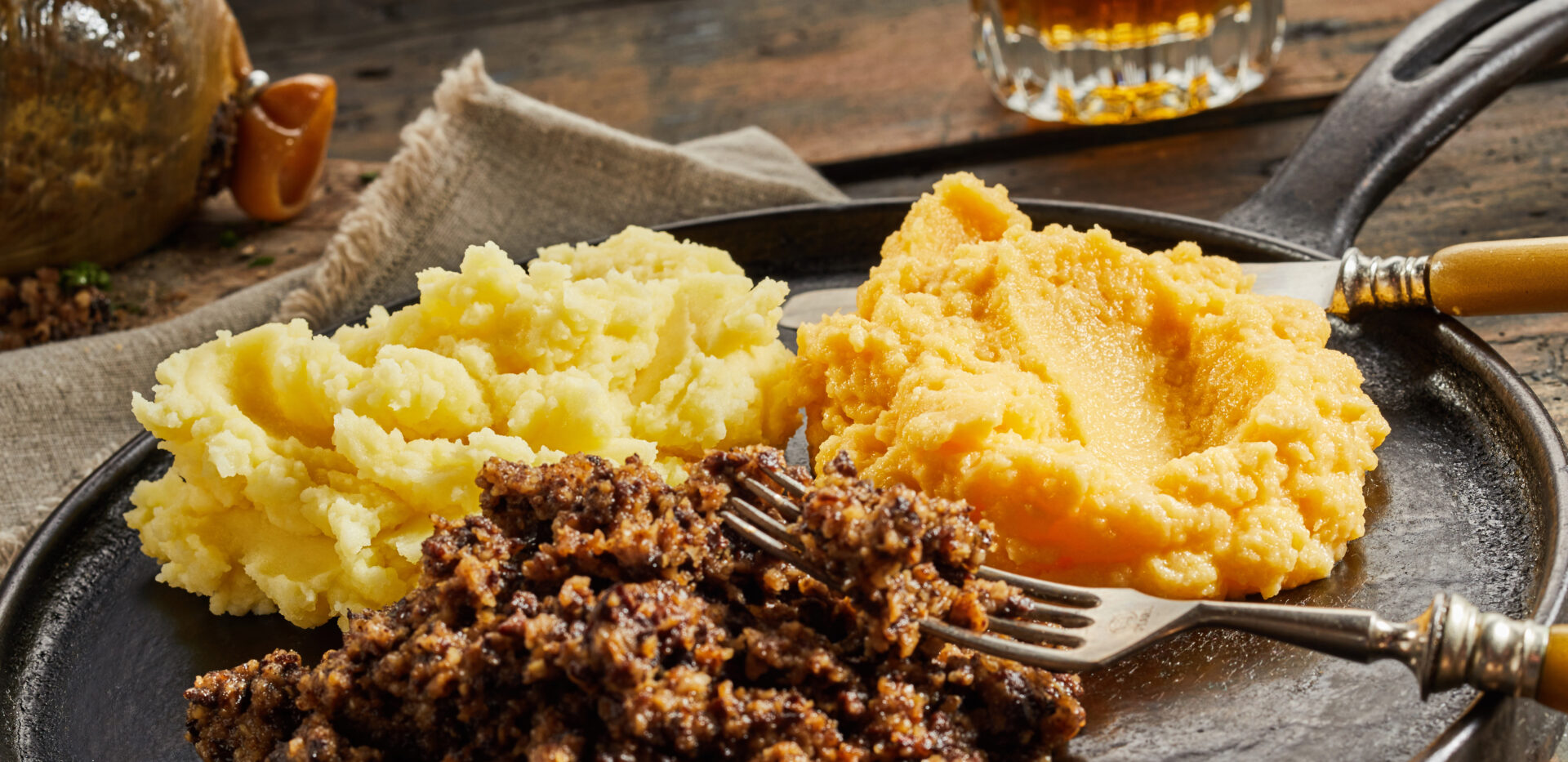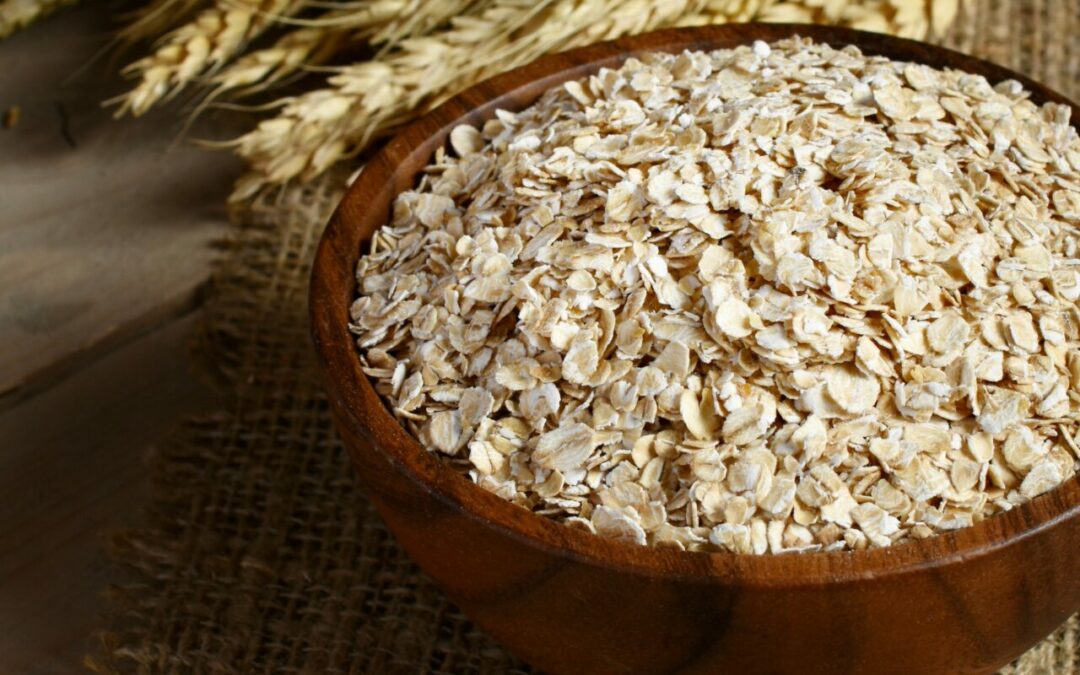Something made from just oatmeal, fried with fat, onion and seasonings doesn’t sound the most appetising of dishes. But then neither does haggis and people from across the world love Scotland’s national dish. However, skirlie is one of those surprising comfort foods that Scotland is so good at producing. I’ve enjoyed this nutty side dish soaked up with a generous slug of gravy ever since my first taste in a Highlands farmhouse kitchen. It’s the Highland equivalent of stuffing that you serve with your roast dinner.
Skirlie might be an unpromising blend of oatmeal and onions, cooked in butter and lard. However, I always think it is the star of the show. It always amazes me how dishes meant to play second fiddle beat the main star of the meal. A crispy and light Yorkshire Pudding seems to make the perfect roast beef dinner. A yummy apple pie is not the same without a smothering of thick hot custard.

It’s much more than a poor man’s haggis
Many people dismiss skirlie as nothing more than cheap, peasant-like food from Scotland’s past. It’s often described as a poor man’s haggis. That’s a bit rich as haggis – a concoction of sheep insides with oatmeal – was always a dish for the poor people of Scotland
You’ll be hard-pressed to find skirlie on a restaurant menu. Although it is becoming popular again with chefs. Quite often it is used as a stuffing in a chicken breast or served as part of a traditional Christmas lunch. However, it does remain a popular comfort food served up at home, particularly in nort- east Scotland. I love serving it with another comforting Scottish dish – mince and tatties – as it soaks up the gravy. I’ve never tried it as the fabled cure for one too many drams. Skirlie, topped with a fried egg, doesn’t sound like my kind of hangover cure. Although, I have to admit it sounds considerably better than the recommended go-to cure of a can of our other national drink Irn Bru.

It’s easy to make – try it at home
Whilst you can buy ready-made skirlie in butchers and supermarkets across Scotland it’s better homemade. If you want to cook it yourself, there are many internet recipes available. Here’s a good recipe from top Scots food blogger Graeme Taylor. He has many other excellent recipes on his foodie blog ‘A Scots Larder’.
Be careful, when buying your oatmeal that you are using pinhead or medium oatmeal. Elsewhere in the world, they are called steel-cut oats. Don’t be tempted to use rolled oats (as shown in the photo above). It will ruin the recipe and you won’t get the slight crunch that makes skirlie special. With 219 kcal and 9,4g of fat packed into a single serving it’s possibly something you want to give a miss if you are calorie counting. However, all good things have drawbacks so you could save it for a special occasion.
Finally, some suggest that skirlie got its name from the sound the oats make when cooked in the frying pan. It’s a strange squealing and wailing noise not dissimilar from the sound of the bagpipes. That distinctive sound is a skirl, hence the name of this dish.
So what are you waiting for? Tie on your cooking apron. Pop on some bagpipe music. And chase those skirling oats around the pan.


Recent Comments